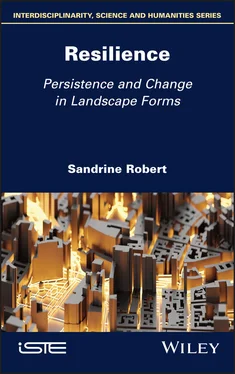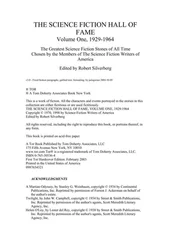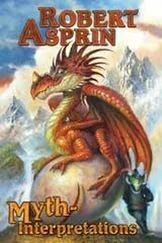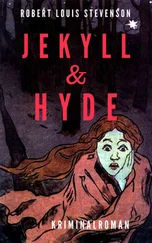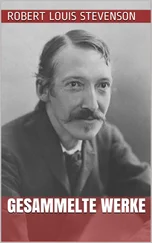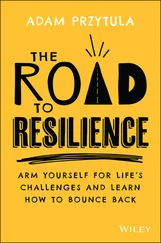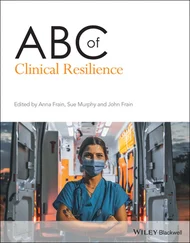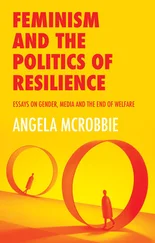At the same time, the image of the living organism was also being used to describe towns or cities, seen to traverse a series of ages. Poëte, for example, introduced an idea similar to those used in geomorphology, the “vital cycle” 22 , in the context of urban development:
In studying this city in the past, we do not look at a skeleton, but rather at a living being, younger in age than at present. The city, as a collectivity, is subject to the effects of time over the course of its existence, in the same way as an individual; at any given time, it has an age. The notion of the vital cycle, used in geography with respect to the landforms, is thus crucial to the study of urban settlements. (Poëte 1924, p. 1) 23
Using this approach, Poëte analyzed the dynamics of a town or city by comparing it to a living being. Elements are transformed in one direction, from birth to death, making it possible to “discern the degree of evolution” at any given time (Poëte 2000, pp. 83–84). This logical sequence of known steps (birth, maturity, death) can be followed in both directions, to travel back in time (regressive history) and to improve our understanding of the present.
Thus, historians may use the present to understand the past in the absence of source material for older periods. For geographers, on the other hand, incursions into the past give a better understanding of the present, and only the elements which are helpful for this purpose will be retained. In history, this approach is called “regressive”, whereas in geography, the term “retrospective” is used (Dion 1949). In both cases, time is considered as a continuous line, in which the present never completely eliminates legacies from the past. Past and present are linked by a logical chain, as Jean Brunhes and Camille Vallaux put it in their 1921 work examining the relationship between geography and history. For these authors, history offers the means of placing an isolated fact “into the stream of life which produced it”, as “one link in a chain” (Brunhes and Vallaux 1921, p. 21).
1.2.4. Primary forms: a non-evolving landscape
From the outset, however, the regressive analysis approach to history was confronted with a difficulty: that of studying landscapes which are in a constant state of evolution. Without a general framework for studying the evolution of human societies, it is hard to interpret plans or documents beyond their date of production. This led to a focus on planned parcel systems which marked a clear change from previous landscape patterns, for example following periods of land clearance. From a methodological perspective, a distinction was made between two types of landscape, of which A. Verhulst summarized the characteristics.
A landscape is called “primary”:
... when it has undergone no major changes since its formation at a given moment in the Middle Ages [...] In this case, as a general rule, it will have been formed over a relatively short period of time and following a pre-established plan, most often in a context of collective clearing. (Verhulst 1995, pp. 48–49) 24
The degree to which land systems were planned appears to have played a role in their fixation, limiting possibilities for future evolution, notably in the direction of plot inequality, since the plan covered the entirety of the townlands before they were put into agricultural use. Furthermore, the length and breadth of parcels were pre-defined from the outset. The limited scope for evolution in such cases facilitates reconstitution on the basis of later sources (Verhulst 1995, pp. 48, 52–53). In this case, the hardness ( dureté ) indicated by the persistence of architectural constructions ( section 1.2.3) is a result of the planning process. As the historian Raymond Chevallier wrote in 1958:
In reality, centuriation is like all of the monuments which come down to us from ancient times: it passes through time unscathed; this is both its strength and its weakness, and this permanent character should be seen as a hallmark of Rome. Centuriation, born of the earth, was not a stone corset preventing it from breathing, but it did assign it a structure. The system gave it a stability, making it immune to successive recombinations and dismemberments. It only disappeared once it was no longer maintained, fragmenting much faster in regions artificially clawed back from the desert, where man’s continued survival is only attained through constant struggle. 25 (Chevallier 1958, p. 121)
In contrast, a “secondary” landscape is one which has undergone:
…numerous transformations [which] occurred over a period, often several centuries long, which changed the primary form to an extent which renders reconstitution necessary, laborious, difficult and, in most cases, only partially possible... 26 (Verhulst 1995, p. 49)
For methodological reasons, the study of secondary landscapes has been largely abandoned due to its complexity, in favor of studying planned parcel systems: medieval urban foundations, parcel systems resulting from land clearances, rural parcel systems in Eastern France, etc. These specific town and land plans are still “readable” in the present, having undergone very limited degradation due to their original coherency. In this approach, time is seen as a framework which is external to the observed object, and acts on elements in the sense of alteration.
1.2.5. The notion of decay
In the 19th century, linguists developed a theory of linguistic decline, whereby all languages are considered to be derived from a proto-human language (Ducrot and Todorov 1972). For Saussure, time is a universal law, which acts on language just as it acts on any other element: “For time changes everything. There is no reason why languages should be exempt from this universal law... This evolution is fatal” (de Saussure 1995b, Part I, Chapter II, § 2).
A key goal in landscape studies is to identify the initial finished state of forms (a kind of “mother form”). All later additions or transformations are thus considered as disturbances or degradations to the original plan. For example, Bloch highlighted the case of drawings of fields or monuments which only very rarely survive to the present day in their “pure” form (Bloch 1988, p. 51). Maitland used the terms true village and purest form to describe a grouped village settlement, established at the time of the Germanic Conquests in the early Middle Ages (Maitland 1987, pp. 15–16). In this approach, there is an initial, finished, “pure” form which is then altered by time over the centuries. In ecology, the notion of a “pristine” ecosystem, untouched by human hands, plays a very similar role (see Part 2). This primal form, which, as we shall see, is more of an ideal type than an element which actually existed, is clearly situated in the past: in the present, we can only access a decayed image. The regressive approach aims to work backwards through time in order to reconstruct a “least decayed” version.
A major aim in morphology, for many years, was to conceptualize modes of decay rather than those of the persistence of past forms. For example, R. Chevallier proposed the criterion of “visible wear” for dating visible objects in a landscape:
Using the criterion of “visible wear”, within the framework of a morphological series, the structure which presents the most worn appearance is likely to be the oldest. Objects in a series may be arranged in order of decreasing sharpness: structures can be more or less “fresh”, more or less decayed by the effects of time, to the point where they become like ghosts... (Chevallier 1971, p. 108) 27
In 1983, Gérard Chouquer proposed a model for explaining the degradation and fossilization of centuriated cadastral plans (Chouquer 1983). According to this model, the original, regular centuriations were transformed as a result of the polarization of the road network around medieval grouped habitats ( Figure 1.3) 28 .
Читать дальше
